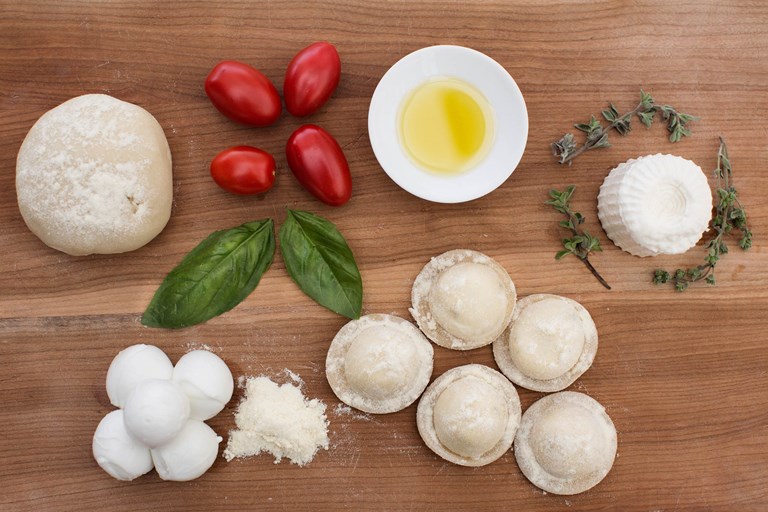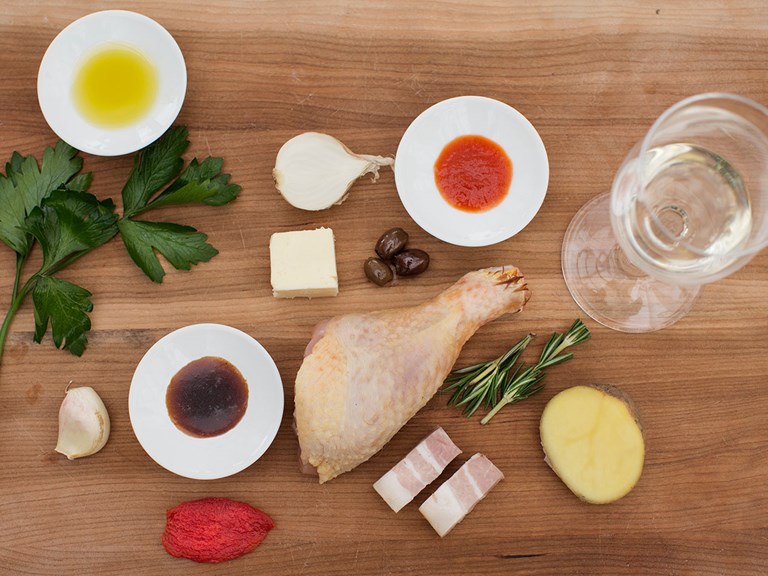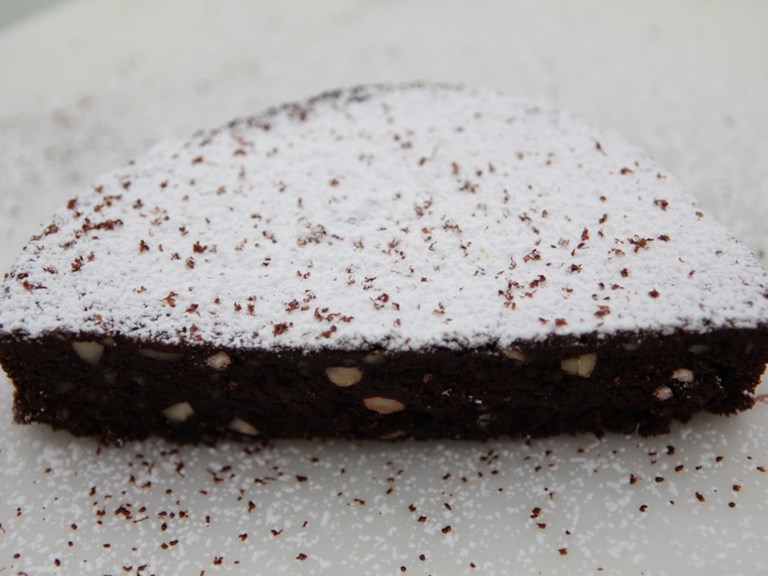RECIPE: RAVIOLI WITH CACIOTTA AND MARJORAM
30.07.2015 RECIPES
Never made your own pasta? Why not give it a try: these summery ravioli are easier than they look.
Ravioli with caciotta and marjoram
Serves 5-6
For the pasta:
- 300g ‘00’ white flour (fine flour for cakes and biscuits)
- 225g ‘0’ white flour (strong bread flour)
- 175ml cold water
- 20ml olive oil
- Salt
For the filling:
- 500g fresh caciotta (sheep’s cheese)
- 100g mozzarella or fior di latte
- 30g marjoram, finely chopped
- Salt and pepper to taste
For the topping:
- 300g datterino tomatoes
- 2 cloves of garlic
- A few basil leaves
First, at least a couple of hours before, put the mozzarella or fior di latte and the caciotta (sheep’s cheese) in two separate colanders or sieves so that they lose much of their residual liquid. If you can’t find caciotta or an equivalent un-aged sheep’s cheese you can use ricotta instead – but once again this should be well drained, with a final squeeze to dry it out as much as possible.
When you’re ready to make the pasta – preferably on a large wooden table or board – mix the flours and salt together well. Then either gather the flour into a classic ‘fountain’ or ‘volcano’ cone and add the water in the centre, mixing in carefully with your hands, or let your food mixer do the job. Knead a little; when you have a smooth, elastic ball of dough, cover with cling-film and leave to rest in the fridge for an hour.
Chop the mozzarella or fior di latte and caciotta into small pieces and combine with the finely chopped marjoram and the salt and pepper.
When the hour’s up, take the pasta dough out of the fridge, knead it a couple of times, and then roll it out thin on a floured table or board with a long wooden rolling pin. The thinner the better – for ravioli you should be aiming to get it down to a thickness of around 1.5 millimetres. If you have a pasta machine, make wide strips as you would for lasagna.
When the thickness is right, and consistent across the sheet of pasta, use a long ruler and kitchen knife to cut the sheet into 4cm by 4cm squares. If you have a pasta cutter that gives a corrugated edge effect, feel free to use this. When all the pasta squares are ready, spoon a little of the filling into the centre of every second one, and with a pastry brush, rub a little water or egg white around the rim of each square. Now place the empty squares on top of the filled ones so that the wettened surfaces come together. Press down and seal, making sure no air is trapped inside the pasta parcel. Put a large pan of water on to boil.
Now turn your attention to the filling. First, boil the tomatoes for 3 or 4 minutes, then remove and peel them all. Keep 12 aside, and purèe the rest in a blender or with the tomato mouli. Put the 12 you’ve kept aside in a baking tray and put in a low oven for around 15 minutes at a temperature of around 150°C
When the water is boiling, throw in the ravioli.
Toss the rest in a pan with the garlic cloves, which you will have squashed a little with the back of a knife, but left inside their jackets. When the ravioli is almost done (5-6 minutes), take the tomatoes out of the oven and throw them into the pan with the ravioli for 20 seconds. Then drain the water off. Add the tomato pulp you made earlier to the pan with the garlic, add the ravioli and confit tomatoes, and toss for a minute or so.
Serve garnished with majoram and fresh basil.
Le Sirenuse Newsletter
Stay up to date
Sign up to our newsletter for regular updates on Amalfi Coast stories, events, recipes and glorious sunsets


